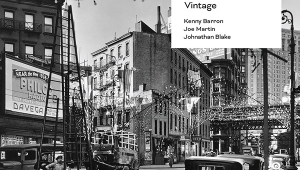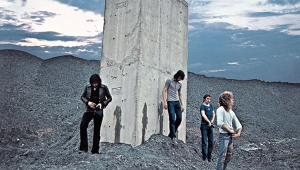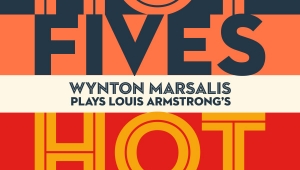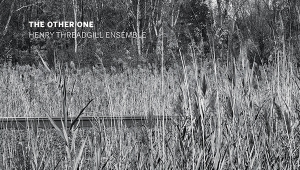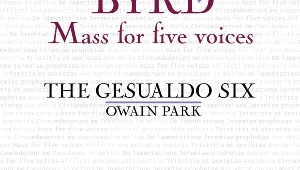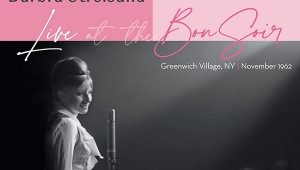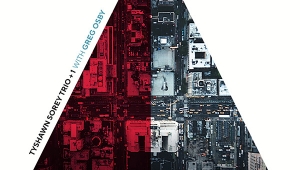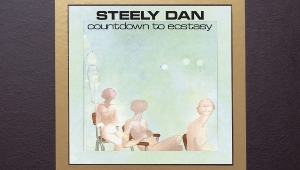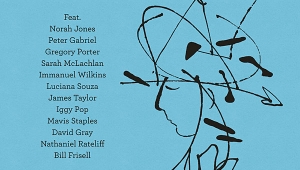| Columns Retired Columns & Blogs |
I would recommend that potential buyers enthused by this review read it more carefully than I did and check out samples online. The 4th and 7th are indeed very nice recordings (if not quite at the top of a strong list of contenders).
However, I failed to note that the 9th was recorded by a different team and, alas, it sounds significantly worse. The problem is a distinct lack of bass which robs the music of its foundation. The excellent Reference Recordings version from a few years back is much more natural in all respects, and the various Wand versions I have also provide a more balanced experience.
Unfortunately, I bought the package for the completed 9th, and so now I have a 4th and 7th to add to a pile of very good 4th and 7ths, and a poor sounding 9th since you can only buy all three symphonies as a set. Unless you are cunning.
I would strongly suggest buying from eClassical.com where you can sample all the tracks, and then buy only the symphonies you actually need in FLAC.
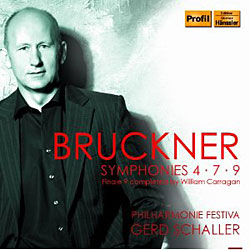 Bruckner Symphonies 4, 7, 9
Bruckner Symphonies 4, 7, 9


